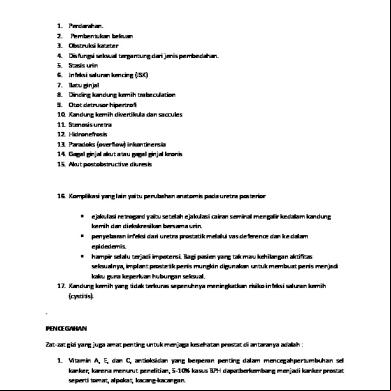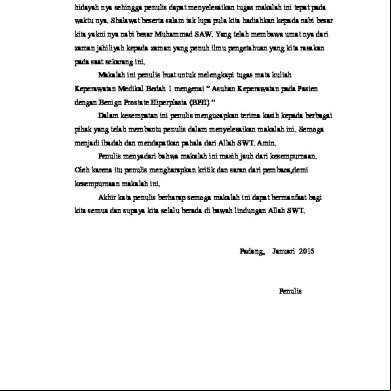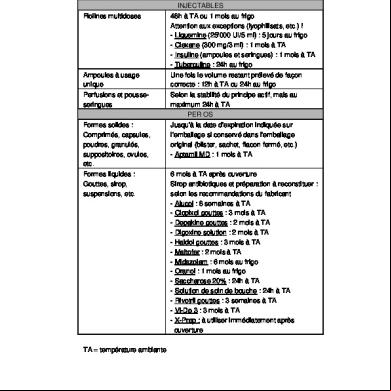Bph 1t6u3h
This document was ed by and they confirmed that they have the permission to share it. If you are author or own the copyright of this book, please report to us by using this report form. Report 2z6p3t
Overview 5o1f4z
& View Bph as PDF for free.
More details 6z3438
- Words: 143
- Pages: 10
Benign Prostatic Hypertrophy
The Prostate Pyramidal shaped, fibromuscular, and glandural organ. Walnut-sized gland, ±3cm long. Located anterior to the rectum, distal to the urinary bladder.
Zones of Prostate
Definition and Epidemiology Benign prostatic hypertrophy or hyperplasia (BPH) is a histologic diagnosis characterized by proliferation of the cellular elements of the prostate.
Incidence >50% in men between 60-90 y.o ±30 million men worldwide have symptoms related to BPH.
Pathophysiology Development of microscopic stromal nodules around periurethral glandsglandular hyperplasiagland increases in size and compresses the urethraurinary obstruction. Uncertain aetiologymultifactorial, hormonal (?).
Investigation Physical Examination Bladder distension Sensory and motor deficits Rectal toucher : gland size
Urinalysis, urine culture Prostate spesific antigen Electrolytes, BUN, and creatinine Ultrasonography, transrectal ultrasonography
Uroflowmetry
Management Non-surgical treatment α-adrenergic blockers Antiandrogens acting selectively at prostatic cellular lebel Intermittent self-catheterization Balloon dilatation and stenting of prostate
Surgical treatment Prostatectomy TURP
Thank You.
The Prostate Pyramidal shaped, fibromuscular, and glandural organ. Walnut-sized gland, ±3cm long. Located anterior to the rectum, distal to the urinary bladder.
Zones of Prostate
Definition and Epidemiology Benign prostatic hypertrophy or hyperplasia (BPH) is a histologic diagnosis characterized by proliferation of the cellular elements of the prostate.
Incidence >50% in men between 60-90 y.o ±30 million men worldwide have symptoms related to BPH.
Pathophysiology Development of microscopic stromal nodules around periurethral glandsglandular hyperplasiagland increases in size and compresses the urethraurinary obstruction. Uncertain aetiologymultifactorial, hormonal (?).
Investigation Physical Examination Bladder distension Sensory and motor deficits Rectal toucher : gland size
Urinalysis, urine culture Prostate spesific antigen Electrolytes, BUN, and creatinine Ultrasonography, transrectal ultrasonography
Uroflowmetry
Management Non-surgical treatment α-adrenergic blockers Antiandrogens acting selectively at prostatic cellular lebel Intermittent self-catheterization Balloon dilatation and stenting of prostate
Surgical treatment Prostatectomy TURP
Thank You.










